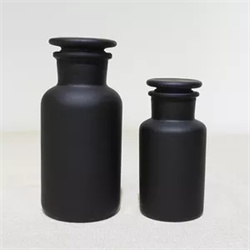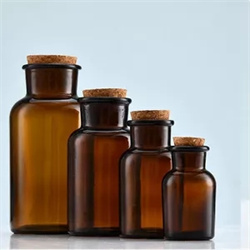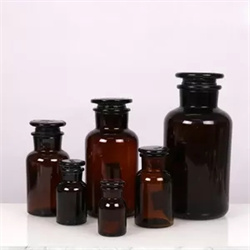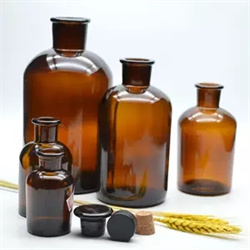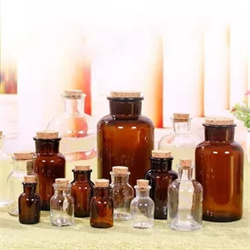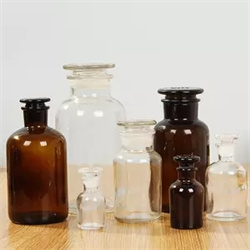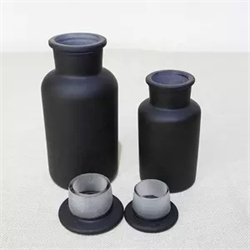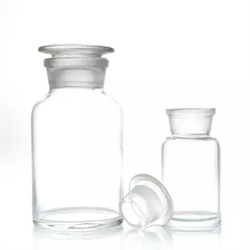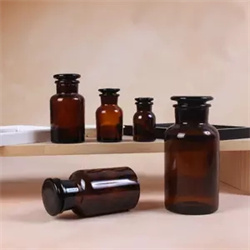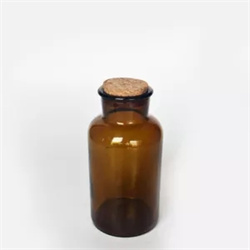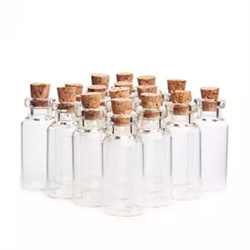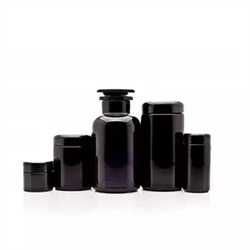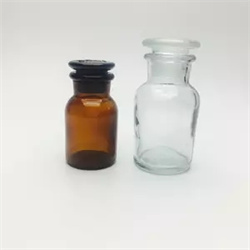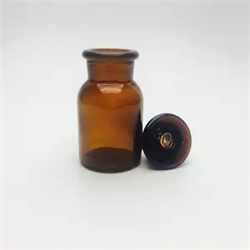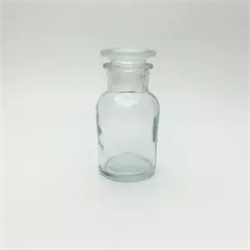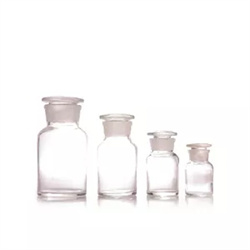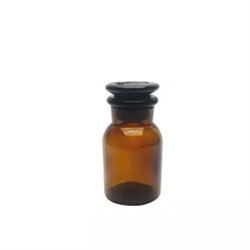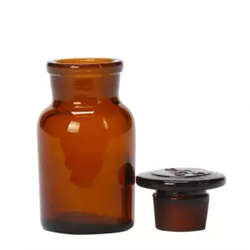Introduction of an apothecary jar
Apothecary jar has the characteristics of smooth and transparent, easy to disinfect, corrosion resistance, high-temperature resistance, good sealing performance, etc. It is still the first choice for ordinary infusion, antibiotics, general powder, freeze-dried, vaccine, blood, biological preparations, and most of them are used for medicinal purposes. Glass packaging, mainly controlled white and brown oral liquid bottles and molded brown medicinal glass bottles.
There are many varieties of apothecary jars, from small bottles with a capacity of 1ML to large bottles of more than ten liters, from round, square, to special-shaped and handle bottles, from colorless transparent amber, green, blue, black shading bottles and opaque The opalescent glass bottles, etc., are too numerous to mention.
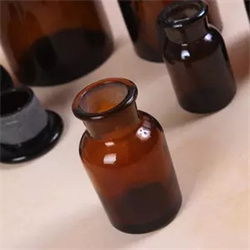
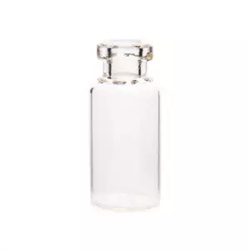
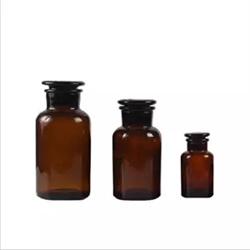
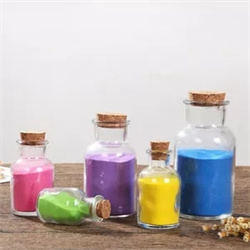
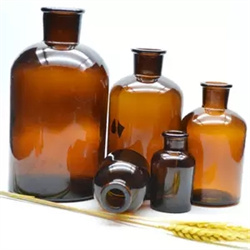
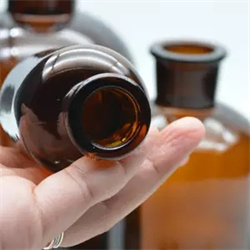
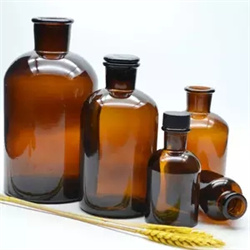
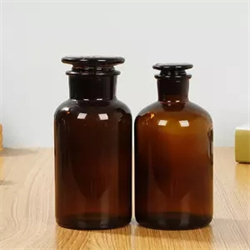
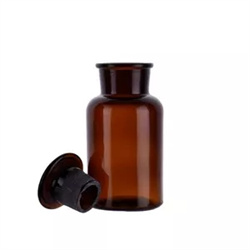
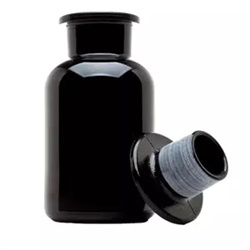
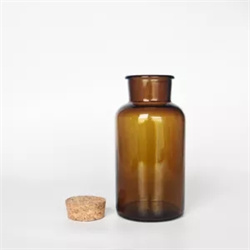
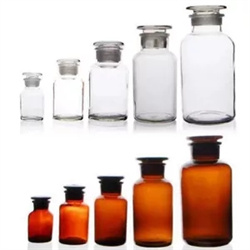
Classification of medicinal glass bottles
1. In terms of the manufacturing process, medicinal glass bottles are generally divided into two categories: molded bottles and controlled bottles. Molded bottles are divided into two types: large-mouth bottles (bottle mouth diameter above 30mm) and small-mouth bottles. The former is used to hold powder, block, and paste-like objects, and the latter is used to hold liquids.
2. According to the form of the bottle mouth, it is divided into cork bottle mouth, screw bottle mouth, crown cap bottle mouth, rolling bottle mouth frosted bottle mouth, etc. According to the usage, it is divided into “one-time bottles” that are discarded after use once and “recycled bottles” that are used in multiple cycles.
3. According to the classification of the contents, it can be divided into acid bottles, medicine bottles, reagent bottles, infusion bottles, preparation bottles, and so on.
4. Medical glass bottles can be roughly divided into the following categories according to the different uses of medicines: packaging for infusion, packaging for oral liquid, packaging for tablets and capsules, and packaging for powder injections.
